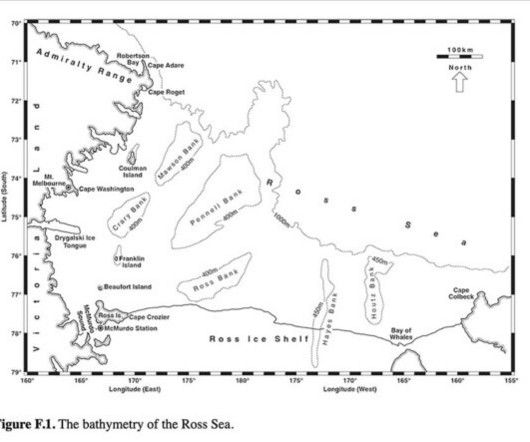Pied Oystercatcher broken wing display
10,000 Birds
OCTOBER 2, 2011
The first eggs are laid during the first week of July each year and if these eggs fail to hatch or the chicks are lost they will lay further eggs within a few weeks. Sadly a lot of eggs are lost to feral cats and chicks are sometimes taken by birds of prey. Nest site with 3 eggs-one white! Time will tell!




















Let's personalize your content